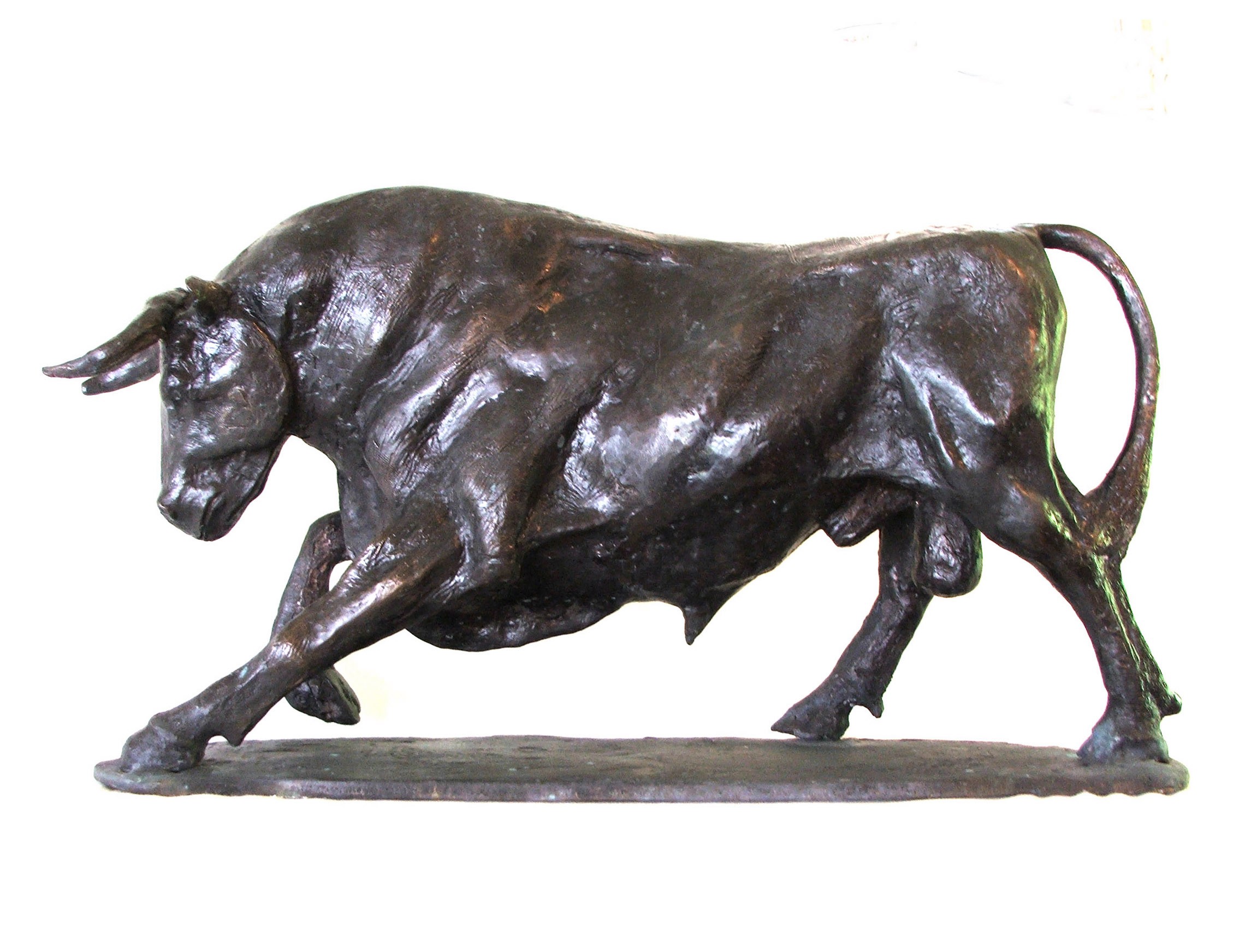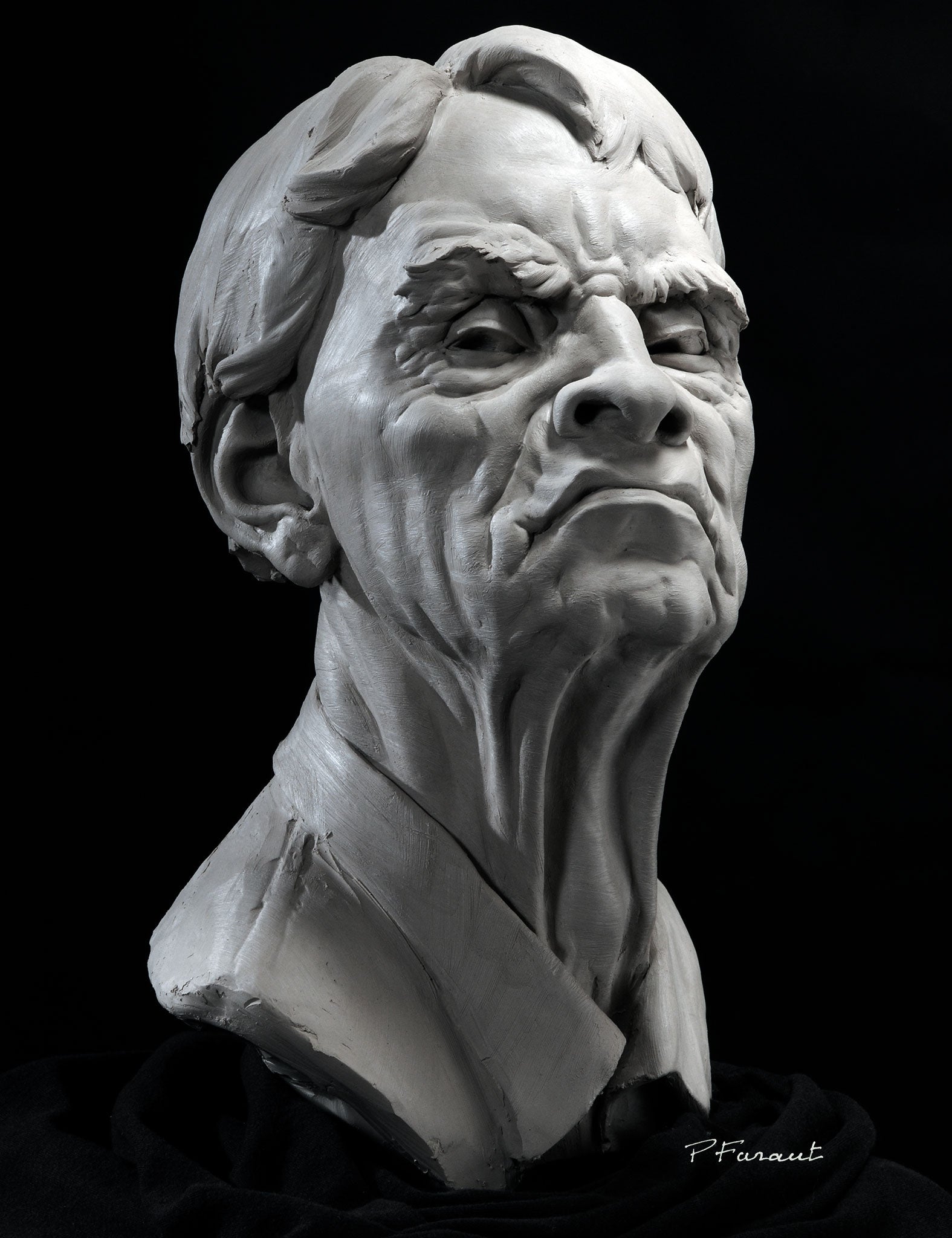The Influence of Nature in Sculpture Art
The influence of nature in sculpture art is a subject that has actually astounded musicians throughout background. From ancient civilizations to contemporary artists, the environment has actually acted as a profound source of motivation. This impact appears in the organic types and forms that are commonly found in sculpture, imitating the curves and contours of nature. Artists additionally discover appearance and products in their work, seeking to recreate the responsive top qualities of the environment. Significance of natural environments is another method which nature affects sculpture, as musicians imbue their developments with the meaning and associations fundamental in these components. The environment itself, with its landscapes, flora, and fauna, is frequently reflected in sculptures, offering a link to the globe around us. Ultimately, sculpture art has the power to catch the transience of nature, freezing a minute in time and allowing us to appreciate its beauty .
Organic Types and Shapes
Organic kinds and forms, motivated by the unified structures and complex patterns found in nature, play an essential duty in the world of sculpture art. Artists have long been astounded by the beauty and intricacy of the environment, finding ideas in the graceful curves of a seashell, the delicate petals of a flower, or the turning branches of a tree. By imitating and abstracting these natural types, artists are able to develop sculptures that evoke a sense of consistency and balance.
One of the reasons natural kinds and shapes are so common in sculpture art is their ability to get in touch with visitors on a deep psychological level. The all-natural globe recognizes to us all, and when we see these forms stood for in art, it evokes a feeling of convenience and recognition. It reminds us of our location in the grand scheme of things and enables us to get in touch with something higher than ourselves.
In addition, organic kinds and shapes in sculpture art often symbolize a sense of movement and power. The flowing lines and vibrant compositions resemble the continuous movement and development discovered in nature. This develops a sense of vitality and brings sculptures to life, making them appear as if they can continue to advance and alter prior to our eyes.
Appearance and Material Expedition
A significant aspect of sculpture art affected naturally is the exploration of texture and materials through the usage of various techniques and tools. Musicians typically attract motivation from the diverse appearances discovered in the natural globe, such as the rough bark of a tree, the smooth surface area of a pebble, or the detailed patterns on a leaf. By integrating these textures right into their work, artists can create a tactile experience for audiences, welcoming them to involve with the artwork on a sensory level.
Appearance can be accomplished in sculpture with a variety of approaches. Some artists select to sculpt or form straight right into the selected product, producing a three-dimensional surface area that imitates the structures discovered in nature - Equine Sculptures.
Material exploration is additionally a considerable part of sculpture art affected by nature. Musicians might venture right into undiscovered area, looking for new products that stimulate the essence of the environment. As an example, they may include natural environments like branches, leaves, or perhaps soil right into their sculptures, blurring the boundaries in between art and the environment. Equine Sculptures. By pressing the limits of traditional products and techniques, carvers can develop visually sensational and conceptually abundant works that commemorate the charm and variety of nature.
Importance of All-natural Components
The incorporation of natural environments in sculpture art includes a layer of meaning and depth to the art work. By utilizing materials discovered in nature, carvers have the ability to imbue their click productions with significance that resonates with audiences on an extensive level. All-natural aspects such as timber, stone, and plants have actually been used throughout background to share numerous symbolic messages.
Timber, as an example, commonly represents durability, development, and strength. Sculptures crafted from this material can evoke a sense of connection to the earth and the cycles of life. Rock, on the various other hand, is often connected with permanence and endurance. Sculptures carved from rock can represent the timeless nature of particular concepts or concepts.
Plants and flowers are likewise often incorporated into sculpture art, standing for themes of renewal, growth, and elegance. The fragile petals and lively colors of flowers can stimulate sensations of delight, while the intertwining branches of plants can symbolize interconnectedness and unity.
Along with these natural products, sculptors may additionally utilize natural environments such as water, wind, or fire to even more improve the symbolic message of their artwork. These components can represent the transformative power of nature, the flow of time, or the pressures that shape our world.

Representations of the Setting
Reflections of the Environment can be seen in sculpture art through the incorporation of natural environments and the representation of ecological themes. Sculptors commonly attract ideas from the setting, using products such as timber, stone, or perhaps recycled products to develop their art work. By utilizing these natural environments, they not just pay homage to the environment yet additionally create a stronger connection in between the art work and its environments.
In enhancement to the materials made use of, sculpture art additionally shows the setting with the portrayal of ecological motifs. Numerous sculptors pick to show pets, plants, or landscapes in their job, highlighting the beauty and delicacy of the natural globe. These sculptures function as reminders of the value of preserving our environment and the demand for sustainable techniques.

In addition, ecological sculptures often intend to raise recognition regarding pressing eco-friendly concerns. They work as visual depictions of the effect of human tasks on the setting, such as climate, deforestation, or air pollution modification. By depicting these problems in their art work, sculptors want to motivate viewers to act and come to be more mindful of their own ecological impact.
Recording the Transience of Nature
Sculpture musicians better discover the influence of nature by skillfully catching the ephemeral and ever-changing aspects of the environment. Via their artistry, these artists intend to illustrate the short lived elegance and transience of nature, evoking a sense of marvel and reflection in visitors.
One method which sculpture artists catch the transience of nature is by using materials that are themselves subject to decay and adjustment. For instance, artists might pick to deal with organic materials such as fallen leaves, flowers, or timber, which naturally wear away gradually. This calculated option highlights the impermanence of nature and reminds us of the unpreventable cycle of life and death.
Additionally, sculpture artists often utilize techniques that produce a feeling of activity and fluidness in their work. By including moving lines and vibrant types, they convey the ever-changing nature of the environment. This can be seen in sculptures influenced by wind, water, or the growth of plants, where the artist looks for to capture the essence of constant movement and makeover.
Moreover, some musicians pick to develop site-specific or short-lived installations that engage with the atmosphere. These ephemeral sculptures, made from products such as light, sand, or ice, are deliberately developed to gradually disappear or alter gradually. By welcoming the short-term nature of their developments, musicians invite visitors to reflect on the fleeting elegance of the environment and the impermanence of human presence.

Conclusion
In final thought, nature has an extensive impact on sculpture art (Robert C Hitchcock Sculptor). Texture and material exploration further improve the connection to nature, as musicians frequently include all-natural materials into their sculptures.
Importance of natural aspects is one more means in which nature affects sculpture, as musicians imbue their productions with the meaning and organizations fundamental in these elements.A considerable element of sculpture art affected by nature is the expedition of structure and materials via the use of different methods and tools (Contemporary Sculptures).Material exploration is also a significant part of sculpture art affected by nature.One method in which sculpture musicians capture the transience of nature is by making use of materials that are themselves subject to decay and change. Structure and material exploration even more improve the link to nature, as musicians often include all-natural products into their sculptures